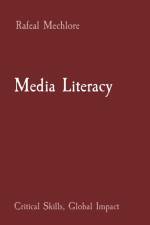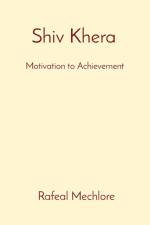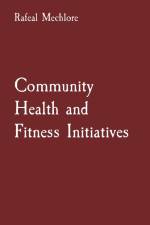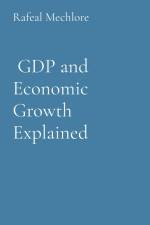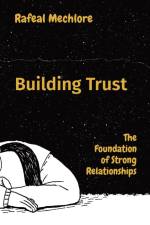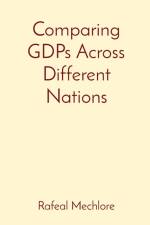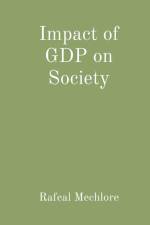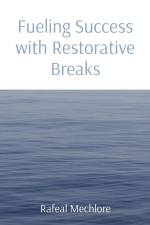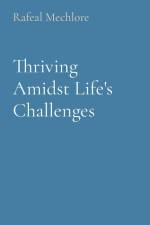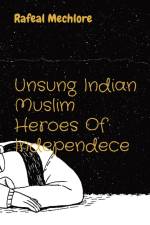von Rafeal Mechlore
33,00 €
Trust is the bedrock whereupon solid and it are worked to get through connections. The immaterial paste ties people, networks, and associations together. Whether in unique interactions, proficient coordinated efforts, or cultural bonds, trust fills in as the foundation of agreeable collaborations. In a world overflowing with vulnerabilities and intricacies, supporting trust is fundamental for cultivating solid connections. At its center, trust is the conviction that a person or thing is solid, fair, and reliable. It is a common comprehension that people can depend on one another's words, activities, and goals. Trust arises step by step, frequently developed through reliable and positive encounters. It is delicate, sensitive, and handily disintegrated, putting forth its development a ceaseless attempt. Trust in private connections is brought into the world from weakness and legitimacy. Transparent correspondence, undivided attention, and sympathy are key fixings in this cycle. Couples, families, and companions who transparently share their contemplations and sentiments, exhibit dependability, and backing each other during testing times manufacture solid bonds. In the expert domain, trust is irreplaceable. Associates who trust each other work together more really, go ahead with carefully weighed out courses of action, and perform at their best. Trust is the foundation of authority, as pioneers should rouse trust in their groups. Associations that focus on trust appreciate expanded worker commitment, steadfastness, and efficiency. Cultural trust is the underpinning of a tranquil and helpful local area. It relies on reasonableness, equity, and the conviction that foundations and frameworks are fair-minded. At the point when residents trust their administration, social union twists, and public arrangements gain authenticity. Be that as it may, trust isn't offered naturally. It calls for investment, exertion, and consistency. Building trust requires honesty, straightforwardness, and a pledge to keeping guarantees. Trust can be reconstructed after it's wrecked, however the cycle is burdensome and requests earnest statements of regret and evident change.

